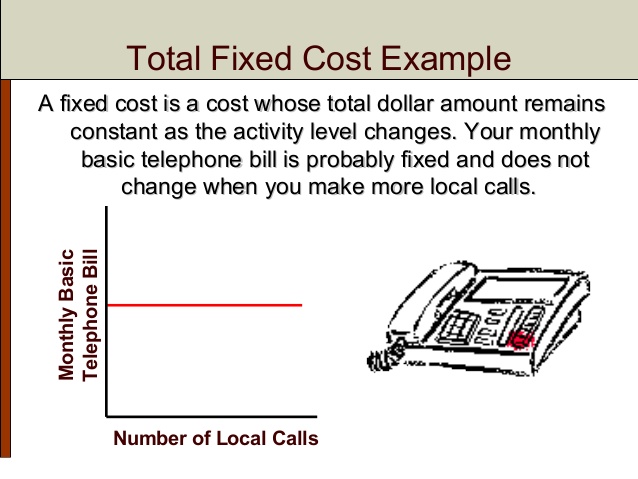Content

As a real-world example, consider Apple Inc. ‘s financials for the fiscal year ending Sept. 29, 2018, the company generated $59.5 billion in net income. At the end of the fiscal year, its shareholders’ equity was $107.1 billion versus $134 billion at the beginning. As with all tools used for investment analysis, ROE is just one of many available metrics that identifies just one portion of a firm’s overall financials. It is crucial to utilize a combination of financial metrics to get a full understanding of a company’s financial health before investing. Relatively high or low ROE ratios will vary significantly from one industry group or sector to another. Still, a common shortcut for investors is to consider a return on equity near the long-term average of the S&P 500 (14%) as an acceptable ratio and anything less than 10% as poor.
But those investors who want to find out the “why” behind the current ROE need to use DuPont analysis to pinpoint where the actual problem lies and where the firm has done well. A 2019 analysis of more than 6,000 firms across more than 100 industries found ROE averaged about 15.6%. The highest ROE in this study belonged to building supply retailers, which boasted an average ROE of nearly 96%. Other high ROEs were seen in broadcasting companies (82%) and railroad transportation companies (52%). Low ROEs in this study belonged to consumer and office electronics firms, which showed a -33% ROE. Precious metals and tobacco were also low, with both ROEs close to -3%. Most assets are recorded at historical book value rather than fair value.
Drawbacks of ROE
This implies that shareholders are losing on their investment in the company. For new and growing companies, a negative ROE is often to be expected; however, if negative ROE persists it can be a sign of trouble.
What Is Return on Equity? Definition, How to Calculate & FAQ – TheStreet
What Is Return on Equity? Definition, How to Calculate & FAQ.
Posted: Tue, 26 Jul 2022 07:00:00 GMT [source]
For instance, excessive debt levels and inconsistent profits might be identified, amongst others. Here again we can see that a DuPont analysis helps us in making the best choice for an investment. If one were to only look at ROE, they would argue that Dollar General would make the best investment, since it has the highest ROE amongst its peers. However, on closer look, we can see that CostCo Return on Equity – ROE Definition is much more efficient at deploying its assets as well as debt. Though expansive, the DuPont analysis still relies on accounting methodologies which are susceptible to manipulation. This can be considered as the biggest drawback of this method, and it’s important that investors take note of this. Despite this issue, the breakdown provides a much clearer picture of the balance sheet strength.
ROE (Return on Equity)
It can be calculated for any company that has positive numbers for both income and equity. The net income has to be calculated before dividends are paid to common shareholders. As well as after interest is paid to lenders and dividends to preferred shareholders. Return on equity is a great financial ratio to see how efficiently a company’s management uses shareholder money to produce profits. By following the formula, the return that XYZ’s management earned on shareholder equity was 10.47%. However, calculating a single company’s return on equity rarely tells you much about the comparative value of the stock since the average ROE fluctuates significantly between industries.

When used for this purpose, ROE may be calculated annually or quarterly, and then compared over a span of five or 10 years. To understand your company’s ROE, benchmark its return on equity with similar companies in your industry. You may be able to find business statistics, including return on equity, using your company’s SIC . Lastly, if the firm’s financial leverage increases, the firm can deploy the debt capital to magnify returns.
Calculate Return on Equity of Nestle
Return on invested capital uses the formula Net Operating Profits after Tax divided by Total Invested Capital, where Invested capital is Debt plus Equity minus Cash & Cash Equivalents. When management repurchases its shares from the marketplace, this reduces the number of outstanding shares. As an example, if a company has $150,000 in equity and $850,000 in debt, then the total capital employed is $1,000,000. By comparing a company’s ROE to the industry’s average, something may be pinpointed about the company’s competitive advantage. ROE may also provide insight into how the company management is using financing from equity to grow the business. If a company’s ROE is negative, it means that there was negative net income for the period in question (i.e., a loss).
ROE is also a more accurate measure of a company’s profitability than ROA, as it adjusts for the use of debt. ROA does not adjust for the use of debt, which can distort the measure. For example, a company with a lot of debt but no profits will have a high ROA, even though it is not a very profitable company. ROE represents a company’s past – and, to some extent, current – profitability. However, it can be applied as a parameter for inter-firm comparisons in a single industry or a group of similar industries. Within an industry, the firm that has an above average ROI gets investor attention.
ROE is important because it gives investors a snapshot of how efficiently a company is using its capital. The higher the ROE, the more efficient the company is at generating profits with the money it has. Investors typically prefer companies with high ROEs because they believe the company will be able to generate more profits in the future. A company with decent ROE tells you that buying its stock will likely be a lucrative investment over the long term.
- That’s because debt is a liability, and shareholders’ equity equals total assets minus total liabilities.
- For example, companies that lease office space may have lower ROE than companies that own office space because the latter company may have more debt than the former company.
- Interest payments to creditors are tax-deductible, but dividend payments to shareholders are not.
Return on equity is a measure that relies on the balance sheet as well as the income statement. The return on equity for any company will always be equal to, or greater than, the company’s return on assets. “ROE is an interesting parameter that shows the efficiency of management and allows a comparative analysis between companies.
A company that aggressively borrows money, for instance, would artificially increase its ROE because any debt it takes on lowers the denominator of the ROE equation. Without context, this might give potential investors a misguided impression of the company’s efficiency. This can be a particular concern for fast-expanding growth companies, like many startups. What makes for a good ROE depends on the specific industry of the companies involved. That’s because different types of companies have varying levels of assets and debts on their balance sheets and differing levels of income.
What is ROE defined as?
Return on equity (ROE) is a measure of a company's financial performance that shows the relationship between a company's profit and the investor's return.
That being said, investors want to see a high return on equity ratio because this indicates that the company is using its investors’ funds effectively. Higher ratios are almost always better than lower ratios, but have to be compared to other companies’ ratios in the industry. Since every industry has different levels of investors and income, ROE can’t be used to compare https://online-accounting.net/ companies outside of their industries very effectively. In this case, preferred dividends are not included in the calculation because these profits are not available to common stockholders. Preferred dividends are then taken out of net income for the calculation. The return on equity ratio formula is calculated by dividing net income by shareholder’s equity.
